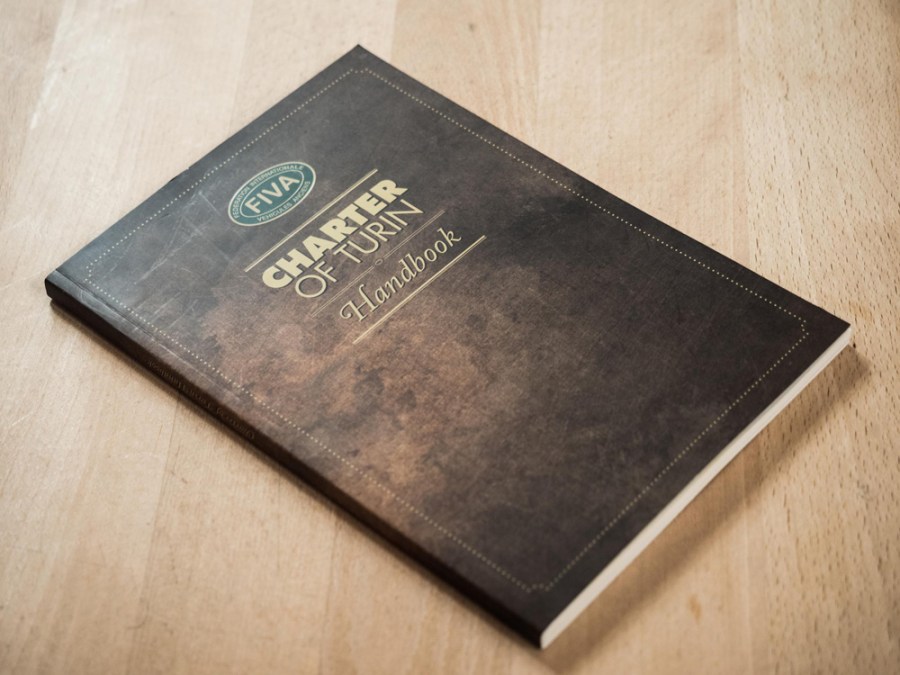FIVA (the Fédération Internationale des Véhicules Anciens, or international federation of historic vehicles) has produced a guide for all those who choose to purchase, preserve and use a historic vehicle.
Titled the ‘Charter of Turin Handbook’, the guide looks first at historic vehicles as cultural artefacts, arguing that we need to appreciate such machines in a new way. Given the impact of automobiles on our lifestyles and the radical changes they brought to our lives in a very short space of time, historic vehicles should “no longer be seen just as a hobby, a toy for grown-up boys, but rather a part of the cultural heritage of our civilization”.
The Handbook then goes on to offer practical advice on the delicate subject of the restoration and maintenance of historic machines, suggesting how owners and enthusiasts might stay true to the principles of the ‘Charter of Turin’[1] – a landmark document recognised worldwide by organisations such as UNESCO, the EU and the FIA, that presents a voluntary protocol on the preservation and use of historic vehicles. The Handbook includes the following contributions:
- An introduction to the cultural role and significance of historic vehicles, by Rodolphe Rapetti, Conservateur en Chef du Patrimoine of the French Ministry of Culture.
- A more in-depth look at the subject, with particular attention to preservation activities, by Richard Keller, Curator of the Cité de l’Automobile in Mulhouse, France.
- A section on authenticity and authentic restoration,by Thomas Kohler, spiritual father of the Charter of Turin.A more practical look at the principles of the
- Charter of Turin to a vehicle’s bodywork, by AlfredoZanellato Vignale, nephew of the illustrious designer, engineer, painter and teacher.
- A similarly practical mechanical section, by Lorenzo Morello, former Professor at the Polytechnic School of Turin and a FIAT consultant.
“It’s important to point out that the Charter of Turin is intended only as a guideline, and as helpful advice on good practice,” explains President of FIVA Patrick Rollet. “FIVA’s intention is to protect and promote a correct and historically respectful way of looking at the past and we hope the new Handbook will prove both fascinating and useful to those who choose to apply the principles of the Charter to their own vehicles – as well as prompting further discussion and debate on the cultural role of historic vehicles.”
The Handbook was distributed to attendees at the FIVA General Assembly in Bucharest on 17 November 2017 and is also intended for a broader public audience, where it’s hoped that it will attract, interest and stimulate newcomers to the world of our mobile heritage. It is not, however, a static document, as the role of the historic vehicle is not static, and updates will be prepared and published, potentially on the FIVA website.
[1] The Charter or Turin unites the guiding principles for the use, upkeep, conservation, restoration and repair of historic vehicles. The Charter is based on and inspired by UNESCO’s Venice Charter (1964), the Barcelona Charter (2003, historic ships) and the Riga Charter (2005, historic rail vehicles).





